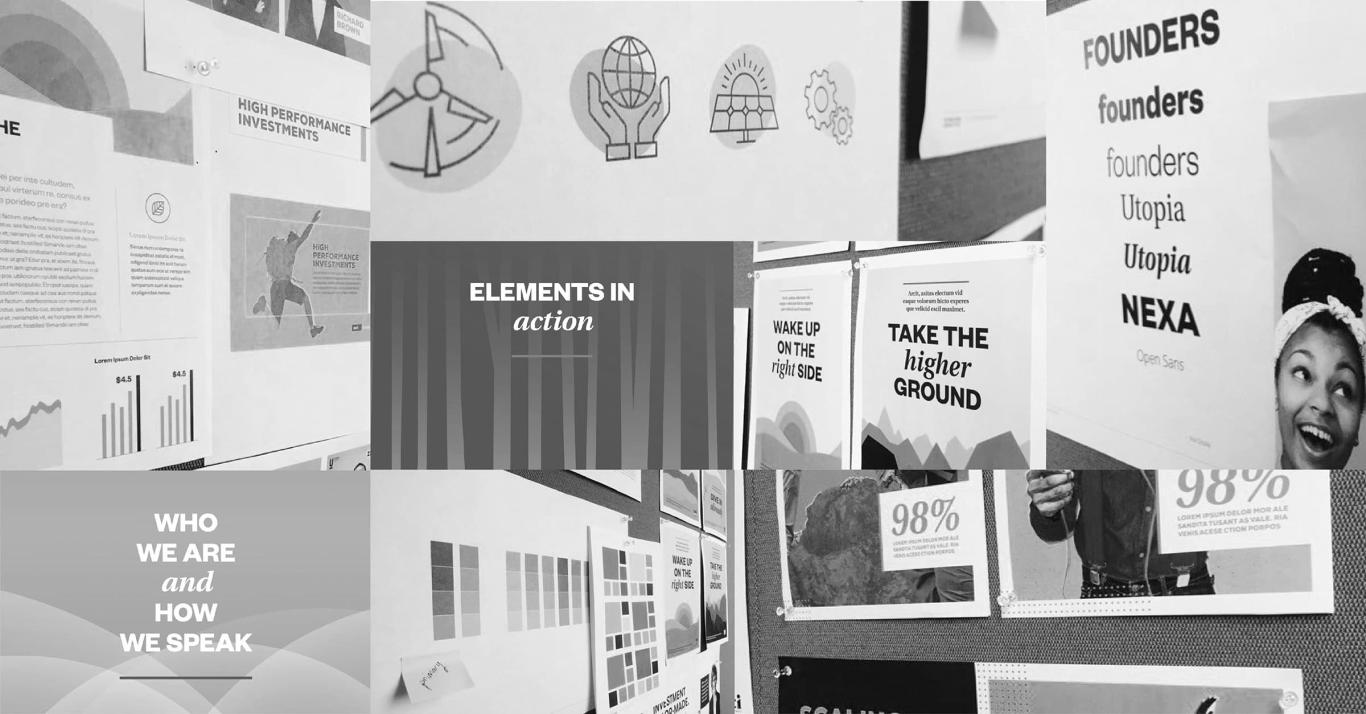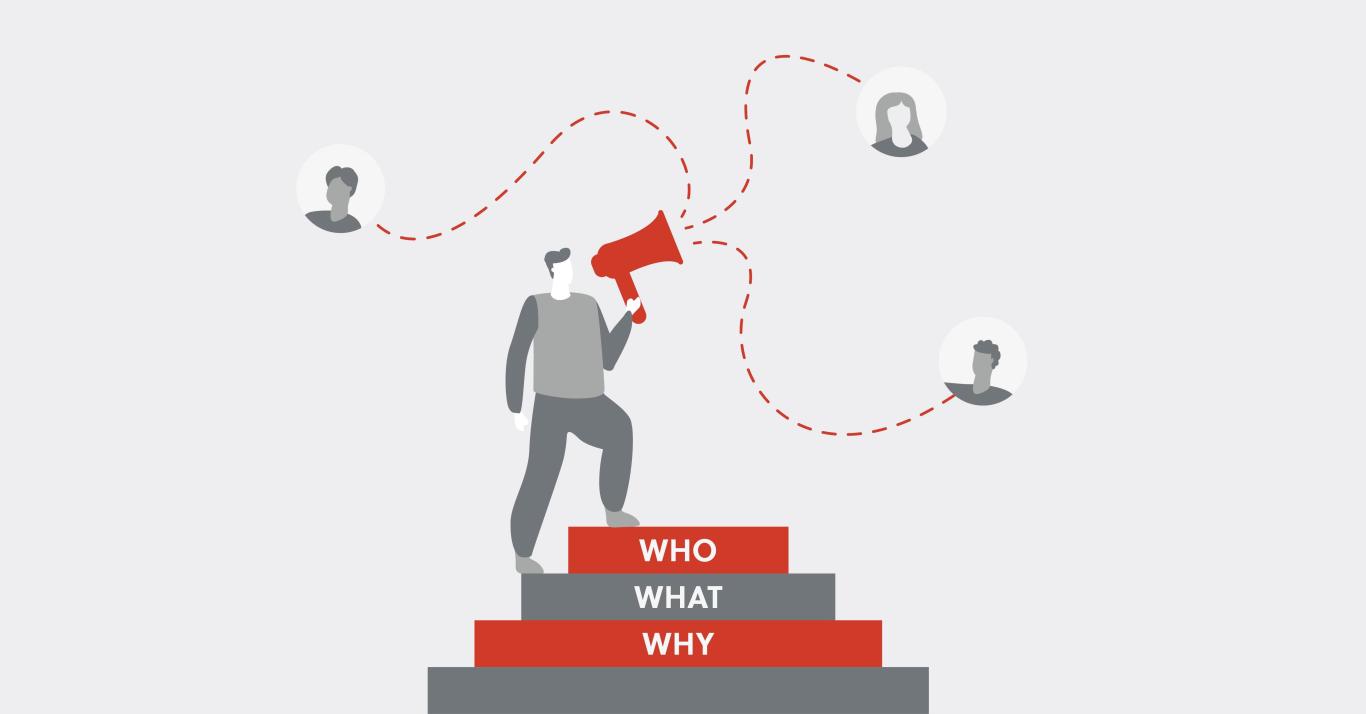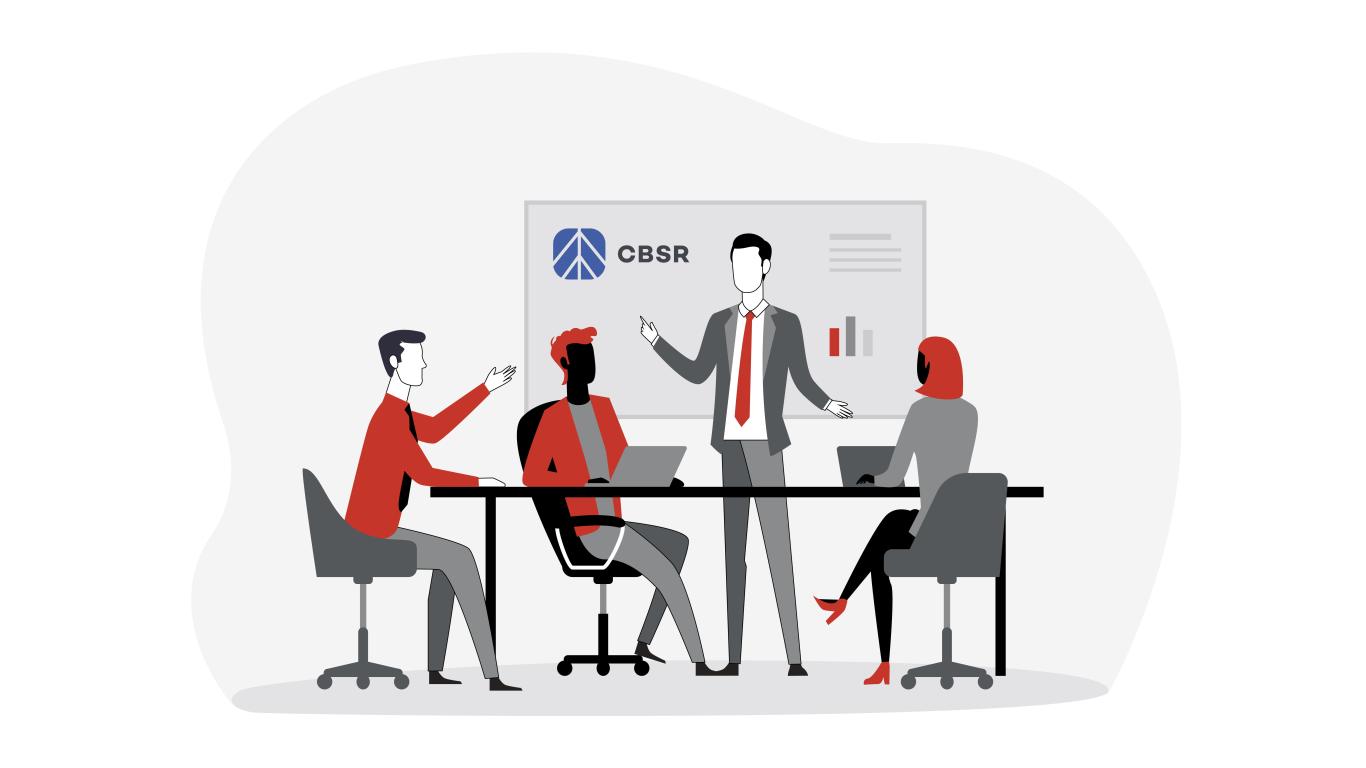Four on Four: The Team Behind the Trends

We asked the core four from our Trends team about themselves, the state of sustainability reporting today and what they expect to see in future reporting.
Wesley Gee
Official title: Sustainability Director
Role on the Trends project: With over 15 years of experience reviewing, advising on and judging sustainability reports for many sectors in Canada, the United Kingdom and the European Union, Wesley leads our Trends team with an analytical and balanced perspective on the importance of purposeful content and design.
What impressed you most in this year’s batch of reports?
It’s encouraging to see the growing diversity of sectors and regions participating in sustainability reporting. Many companies are doing more to incorporate sustainability in their corporate and strategic messaging to the extent that many are shifting to smarter (diversified) reporting.
In five words or fewer, what makes a good CSR report?
Forward thinking, transparent, organized, interactive
What do you predict for the future of CSR reporting?
I expect there will be even more of an emphasis on radical transparency, to the extent that companies will integrate real-time data (AI) and interactive experiences (VR) into their reports.
Tell us something about yourself that many people don’t know.
I eat only two meals per day and was once a beekeeper with the Toronto Beekeepers Co-operative.
Kevin Ward
Official title: Art Director
Role on the Trends project: Prior to joining our team, Kevin held a number of leadership roles at some of Canada’s top design firms and helped to organize and facilitate multiple AR and CSR trends surveys over the course of a decade. Kevin brings unmatched precision to his evaluation of effective communications and powerful design in this year’s reports.
What impressed you most in this year’s batch of reports?
I liked how some companies are placing indicators on content in their report to clearly identify the level of engagement required of each piece. Tactics such as visible video times on media, required reading time headings and expandable content modules are emerging best practices that help manage audience expectations and encourage engagement.
In five words or fewer, what makes a good CSR report?
Accessible, focused, storytelling, smart, engaging
What do you predict for the future of CSR reporting?
In 15 years, all content will be digital in nature and we won’t see print reports. I think that virtual reality will help companies immerse their audiences in operations and sustainability content and, with increased AI capabilities, audiences will be able to engage directly with the content to the extent that an AI host will answer verbal inquiries with customized digital and video content.
Tell us something about yourself that many people don’t know.
I’m a daily blogger and post my black and white photography across multiple channels, including Tumblr, Instagram, Pinterest, Twitter and Facebook.
Shu Yi Chu
Official title: Sustainability and Project Manager
Role on the Trends project: Shu Yi holds a Master’s degree in Environmental Change and Management from the University of Oxford and brings experience working for an international environmental consultancy to her guidance of this year’s research. Her role is to ensure that the Trends project produces a technically robust and communication-focused resource that sustainability professionals at all levels can apply to their reporting.
What impressed you most in this year’s batch of reports?
I was most impressed by the amount of non-financial disclosure by companies in the form of integrated reporting. This was primarily seen from European companies in response to the EU’s non-financial reporting directive. In 2017, some 6,000 companies will need to report on how they are carrying out their responsibilities and how they are accountable to society – not just their investors. We are already seeing companies taking the initiative to do so this year.
In five words or fewer, what makes a good CSR report?
Succinct
Measurable
Accountable
Relevant
Targeted
What do you predict for the future of CSR reporting?
There will be no such thing as CSR reporting – instead, it will all be an integral part of a company’s balance sheet. We see it increasingly today that CEOs are held accountable for non-financial performance in much the same way they are for financials. In response, companies will continue to come up with increasingly standardized ways to measure and evaluate social and environmental outcomes.
Tell us something about yourself that many people don’t know.
I use film to shoot photographs and develop my own black and white prints.
Sonam Madav
Official title: Sustainability Reporting Analyst
Role on the Trends project: Currently completing her Master’s degree in Environment and Sustainability at Western University, Sonam brings previous work experience in emerging market research to the analysis of every report. Her academic approach lays the foundation to identify the trends in this year’s batch of reports.
What impressed you most in this year’s batch of reports?
It is interesting to see how companies are moving toward more integrated reporting by, for example, publishing a balanced scorecard to report their financial and ESG data. Stakeholder engagement also continues to have a more important place in CSR reports, with an increasing number of companies publishing testimonials from external stakeholders sharing their opinions – both good and bad – about the reporting company.
In five words or fewer, what makes a good CSR report?
Honesty, interactivity, responsible photography, testimonials
What do you predict for the future of CSR reporting?
I feel there might be a regulatory requirement for global companies to report on integrated guidelines in the future. There is a big disparity between the practices of developed and developing countries at the moment.
Tell us something about yourself that many people don’t know.
I am a trained singer in Indian classical music.




